Natural Convection With Surface Radiation CFD Simulation, Numerical Paper Validation
Natural Convection With Surface Radiation CFD Simulation, Numerical Paper Validation
- Upon ordering this product, you will be provided with a geometry file, a mesh file, and an in-depth Training Video that offers a step-by-step training on the simulation process.
- For any more inquiries regarding the product, please do not hesitate to reach out to us at info@CFDLAND.com or through our online support assistant.
€170.00 Original price was: €170.00.€140.00Current price is: €140.00.
Following De Vahl Davis’ pioneering work, natural convection in an air-filled square cavity became a reference problem for verifying the CFD methods. The 3D simulation results of convection and radiation in a differentially heated cavity have been provided by Colomer et al., however based on the dimensionless parameters he provided, it is difficult to calculate the values of physical quantities like averaged temperature T0 and temperature difference. This has made us validate the problem using ANSYS Fluent based on the benchmark paper entitled “Three-dimensional numerical simulation of convection and radiation in a differentially heated cavity using the discrete ordinates method “.
Reference [1]: Colomer, G., et al. “Three-dimensional numerical simulation of convection and radiation in a differentially heated cavity using the discrete ordinates method.” International Journal of Heat and Mass Transfer 47.2 (2004): 257-269
Figure 1: Three-dimensional differential heated cavity scheme [1]
Simulation Process
The Benchmark issue is an expansion of the 2D benchmark problem and deals with a 3D air-filled cubic cavity with height H, width W, and depth D. The cavity’s air is seen as a transparent medium. At x=0 and W, the two vertical walls are kept at two distinct but constant temperatures (Th, Tc). Buoyancy-driven air flow in the cavity is governed and affected by radiation effects that is included by Surface to Surface (S2S) radiation model.
Post-processing
The velocity contours beautifully capture the classic natural convection circulation pattern inside the 3D cavity, with maximum velocities of 0.036 m/s occurring precisely where we’d expect—near the heated wall. You can clearly see how thermal energy drives fluid motion, with warmer air rising along the left wall and cooler air sinking along the right wall, completing the circulation loop. What’s particularly interesting is the symmetrical twin-vortex structure forming in the central plane, a characteristic feature of thermal buoyancy-driven flows at this Rayleigh number (10^5). The velocity field matches the theoretical predictions remarkably well, with our simulated x-component velocity (Vx = 0.0287) and y-component velocity (Vy = 0.0437) showing errors of just 5.42% and 4.52% respectively compared to the reference values. This close agreement VALIDATES that our mesh resolution and solver settings successfully captured the physics of this benchmark problem.
Table1: Validation study for natural convection with surface radiation CFD simulation problem
| CFD Simulation | Reference Paper | Error (%) | |
| Vx | 0.0287719 | 0.1869 | 5.42 |
| Vy | 0.0437262 | 0.2865 | 4.52 |
| Qr | 42.7866090 | 3.385 | 3.02 |
| Qc | 48.1317680 | 3.983 | 7.29 |
| Qt | 90.9183770 | 7.368 | 5.33 |
The temperature visualization reveals how the S2S radiation model effectively influences heat transfer within the enclosure. Notice how the temperature contours aren’t perfectly horizontal but rather bend upward near the hot wall and downward near the cold wall—this distortion represents the combined effects of conduction, convection, and radiation working together. While conduction would produce straight horizontal isotherms, the curved pattern demonstrates how fluid motion redistributes thermal energy throughout the domain. Furthermore, the validation data shows excellent agreement with published results, particularly for radiative heat flux (Qr) with just 3.02% error and convective heat flux (Qc) with 7.29% error. The total heat flux (Qt = 90.92) aligns with the reference value within 5.33%, validating that our CFD simulation correctly captures both convective and radiative phenomena in this benchmark case. This successful validation establishes a solid foundation for more complex enclosure problems where radiation effects cannot be neglected.
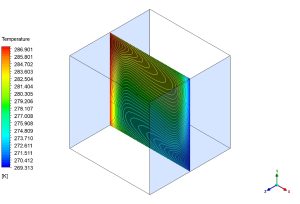
Figure 2: Isotherms inside cavity showing temperature pattern
We pride ourselves on presenting unique products at CFDLAND. We stand out for our scientific rigor and validity. Our products are not based on guesswork or theoretical assumptions like many others. Instead, most of our products are validated using experimental or numerical data from valued scientific journals. Even if direct validation isn’t possible, we build our models and assumptions on the latest research, typically using reference articles to approximate reality.
Yes, we’ll be here . If you have trouble loading files, having technical problems, or have any questions about how to use our products, our technical support team is here to help.
You can load geometry and mesh files, as well as case and data files, using any version of ANSYS Fluent.
€190.00 Original price was: €190.00.€125.00Current price is: €125.00.

€190.00 Original price was: €190.00.€95.00Current price is: €95.00.

€295.00 Original price was: €295.00.€175.00Current price is: €175.00.

€200.00 Original price was: €200.00.€115.00Current price is: €115.00.

€240.00 Original price was: €240.00.€115.00Current price is: €115.00.

€245.00 Original price was: €245.00.€185.00Current price is: €185.00.



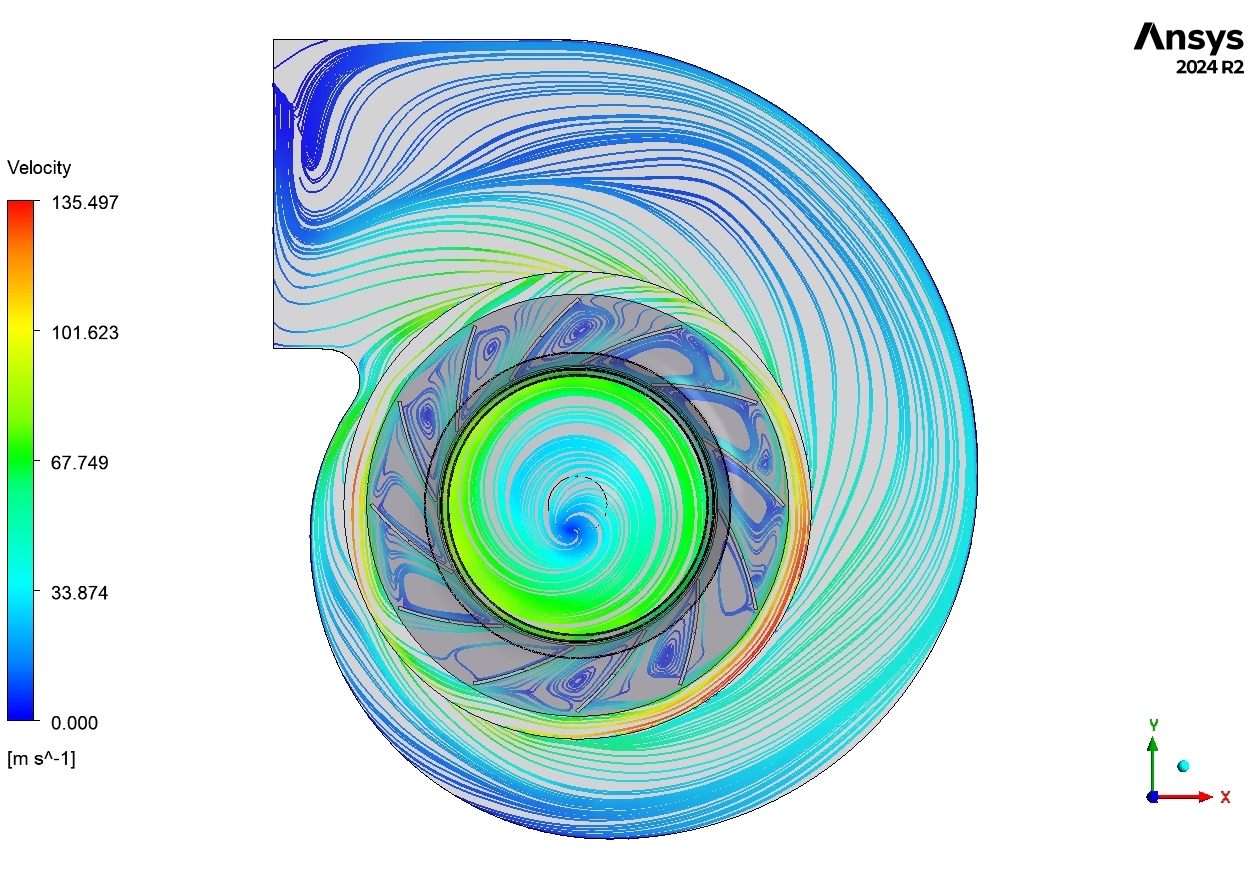







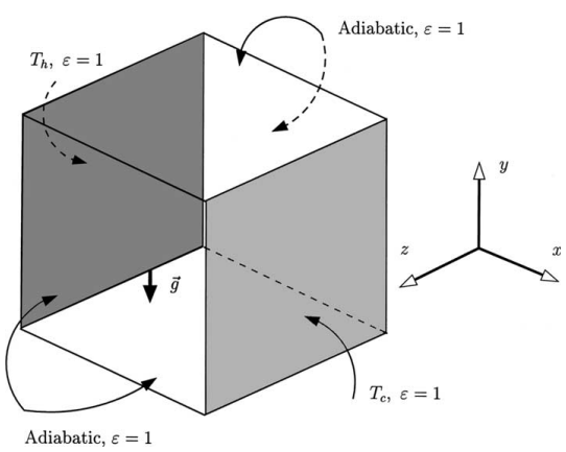





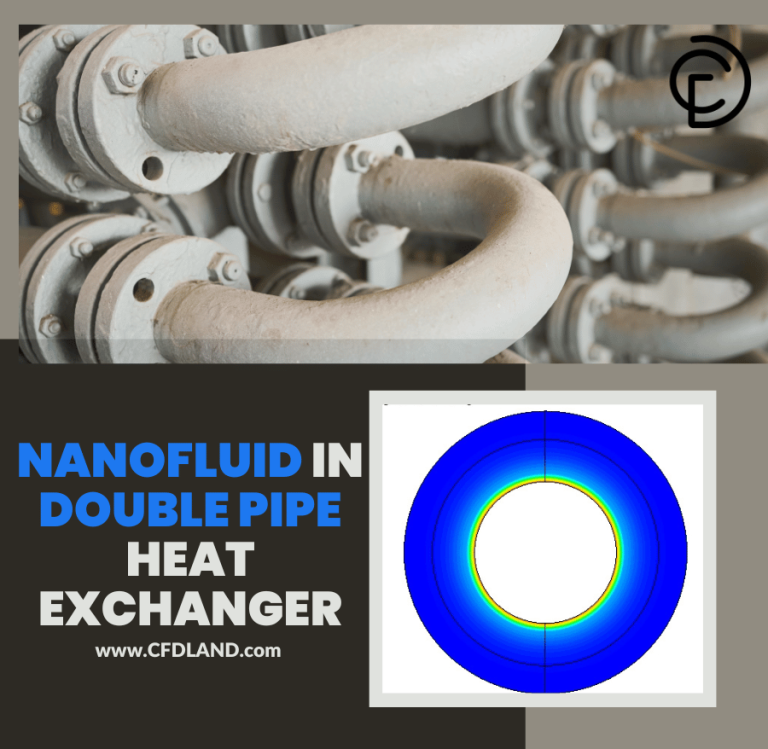
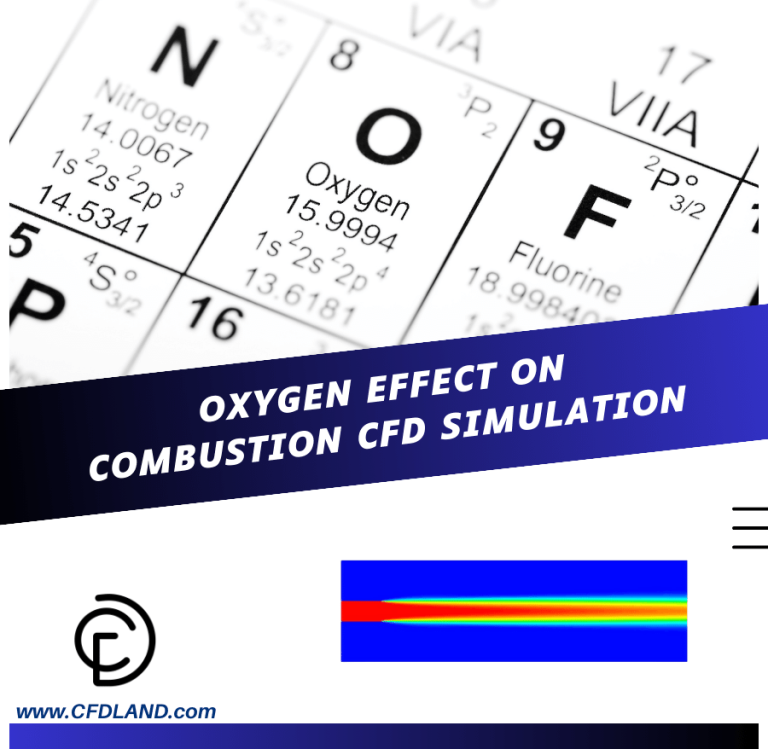
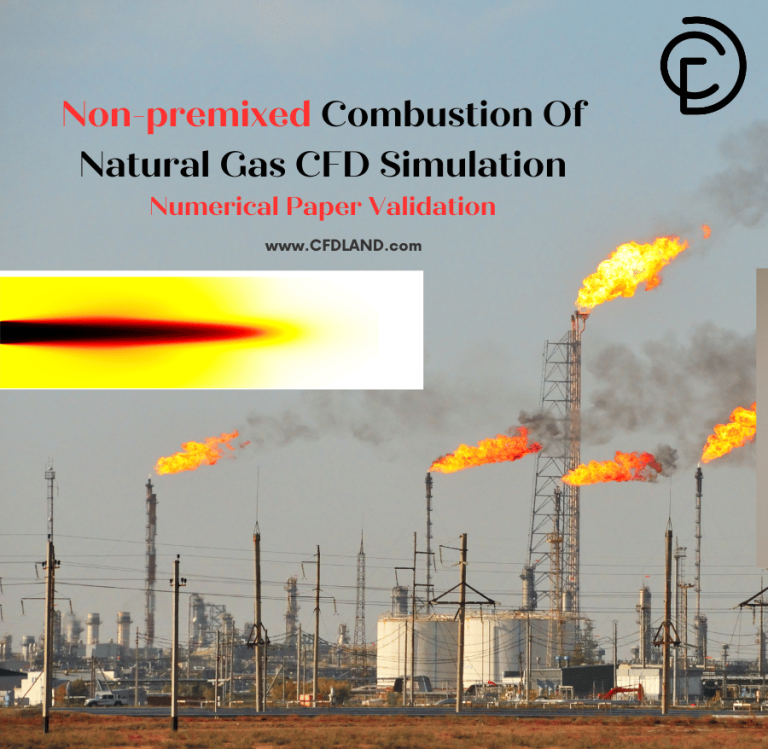
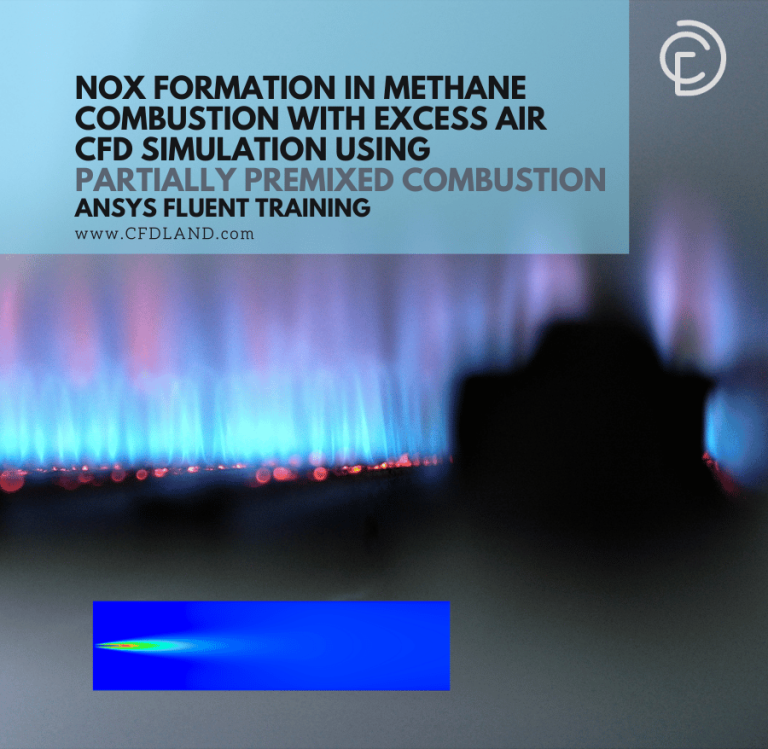
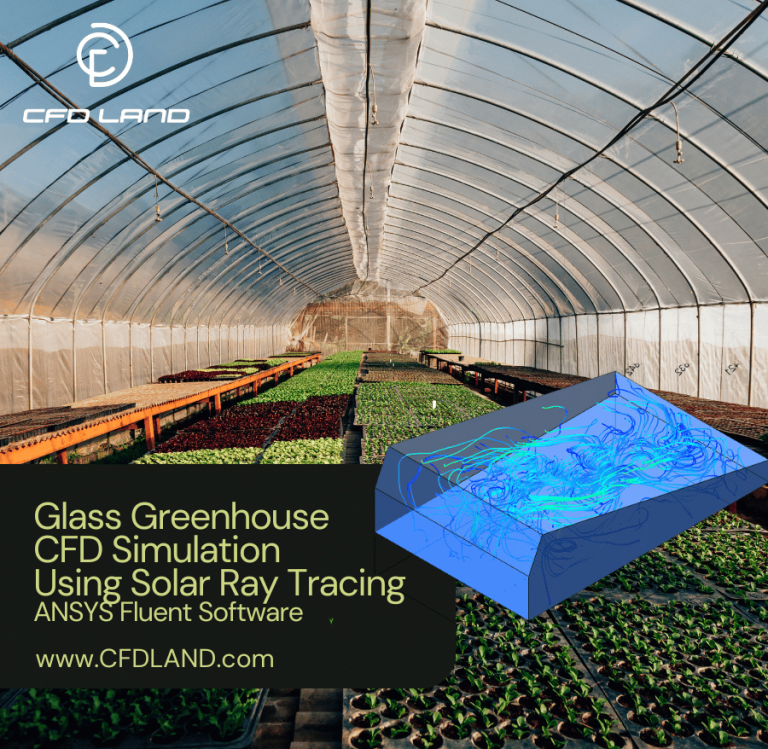
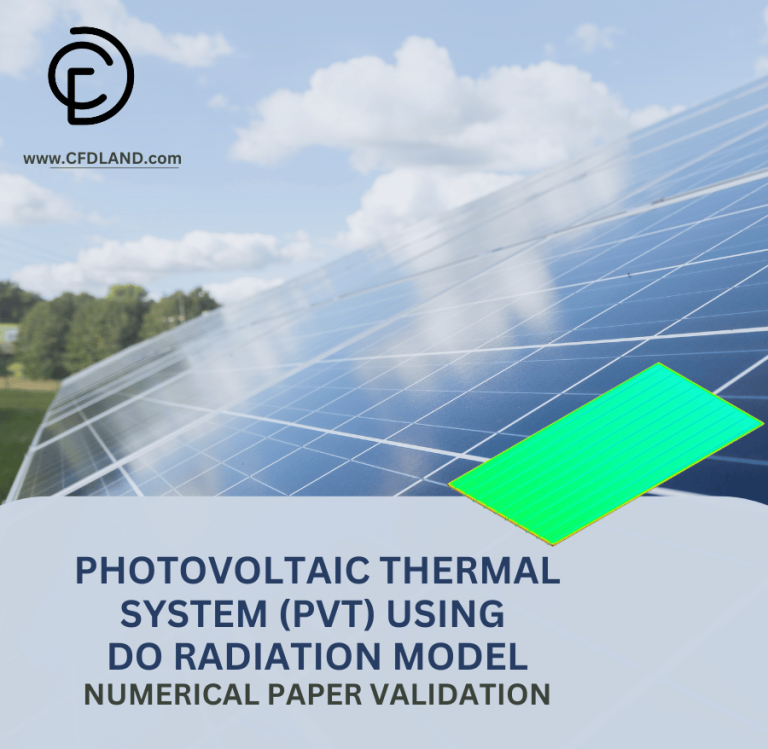
Reviews
There are no reviews yet.